ANSWER:
Unlike orthodox Elliott Wave, which allows great variance in the behavior, relationships and time consumption of specific patterns, NEoWave imposes strict limits. Accurate forecasting can only be accomplished when precise rules relating to price, time, complexity, behavior and relationships are required of all waves in all patterns.
An important part of the construction of 3-legged patterns (Flats and Zigzags) is that clear alternation exists between the 3 segments on a time, complexity and behavior basis. Since larger degree patterns (under NEoWave) impose maximum time restrictions on smaller degree patterns, a developing (smaller degree) correction only has so much time to unfold. If a correction is allowed no more than 10 days to form (based on the next larger degree) and the market wants to form a Flat, there can be great variance between waves A, B and C in TIME during period. For example, wave-A might take 1 day while wave-B takes 6 days, leaving 3 days for wave-C. This also follows the necessary TIME alternation required in Flats.
On the other hand, under the same 10-day time restriction, if a market wants to form a 7-legged formation (such as a NEoWave Diametric), that leaves little room for time variance between waves. Waves-A and B might take 1 day, while C, D and E take 2-days, which only leaves 1-day for waves-F and G. As a result, the more waves a pattern contains, the more similar each must be to fit within the time limits imposed by the larger degree pattern. From personal experience, the limit to the wave “alphabet” is A-B-C-D-E-F-G-H-I, which forms a NEoWave Symmetrical.
The reason waves-F and G (and sometimes H and I) must be used to label some wave patterns is because specific time and behavior characteristics are required of Flats and Zigzags that are not present in NEoWave Diametrics and Symmetricals. Time relationships during corrections are your primary tool for determining the kind of correction unfolding. If the first 3 waves of a correction are very different in time, a Flat or Zigzag is forming. As time between the waves becomes slightly more similar, a Triangle is the next best choice. As the time between waves becomes very similar (but price differences still exist), a Diametric is your best option. If the waves are very similar in time and also very similar in price, a NEoWave Symmetrical is your only choice.
Because all corrections possess a specific “time behavior stamp,” that is the reason you cannot simply start a new ABC when you become uncomfortable with the continuation of the correction. A completed ABC Flat or Zigzag must possess clear alternation in time between all three waves. If that time alternation is not present, a Flat or Zigzag is NOT forming, but a more complex formation that requires the use of D and E, sometimes F and G and in rare cases, H and I.

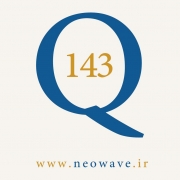
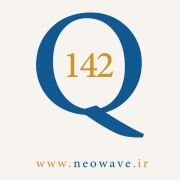


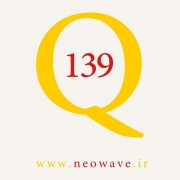
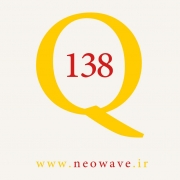
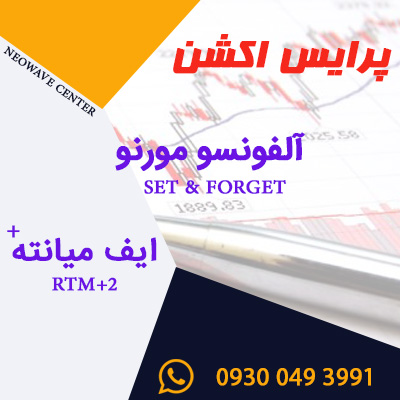
آخرین دیدگاهها